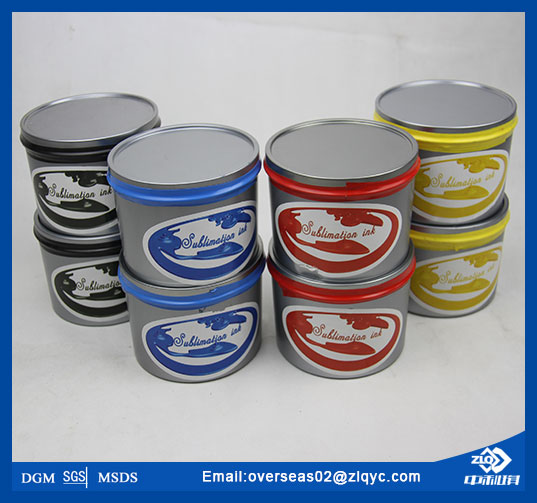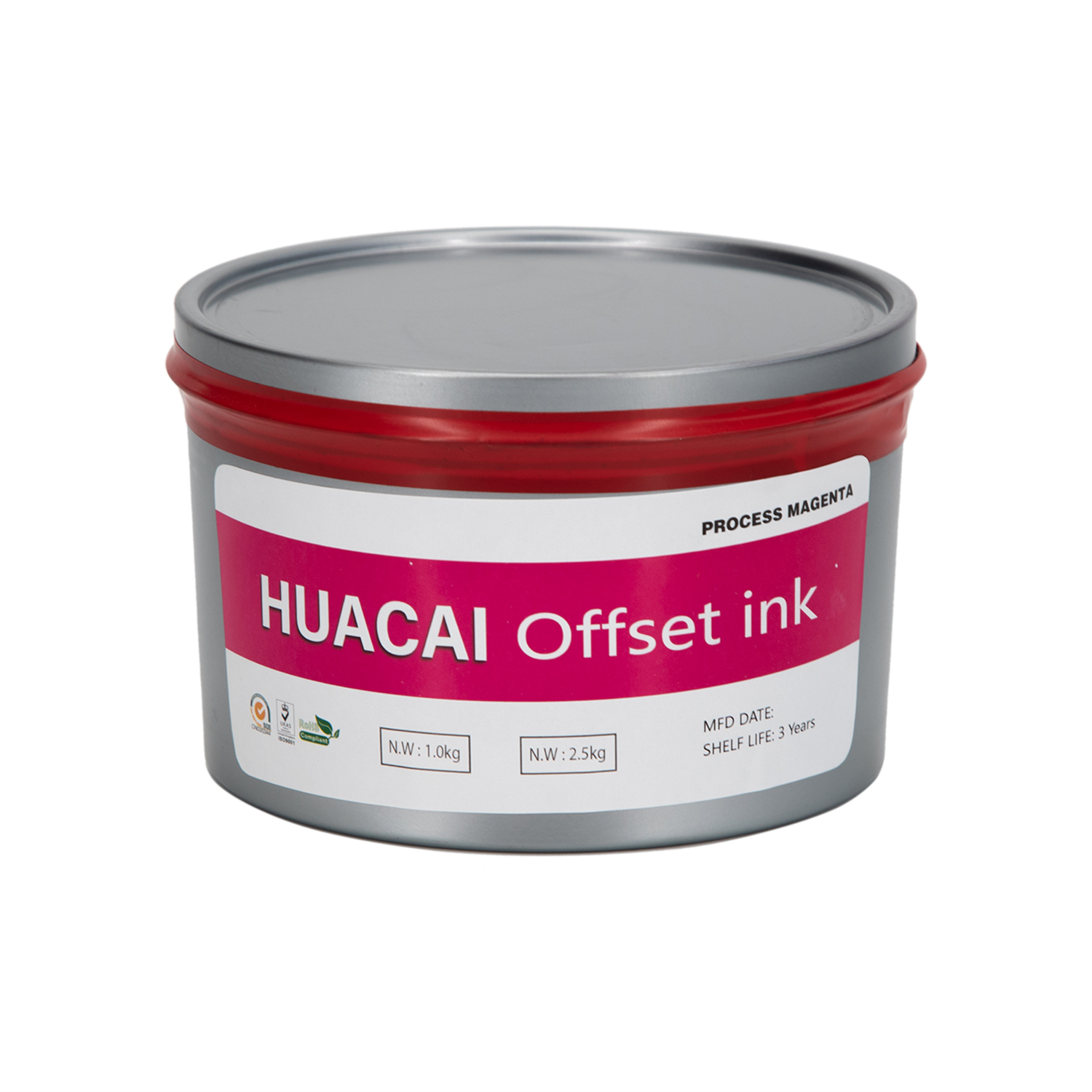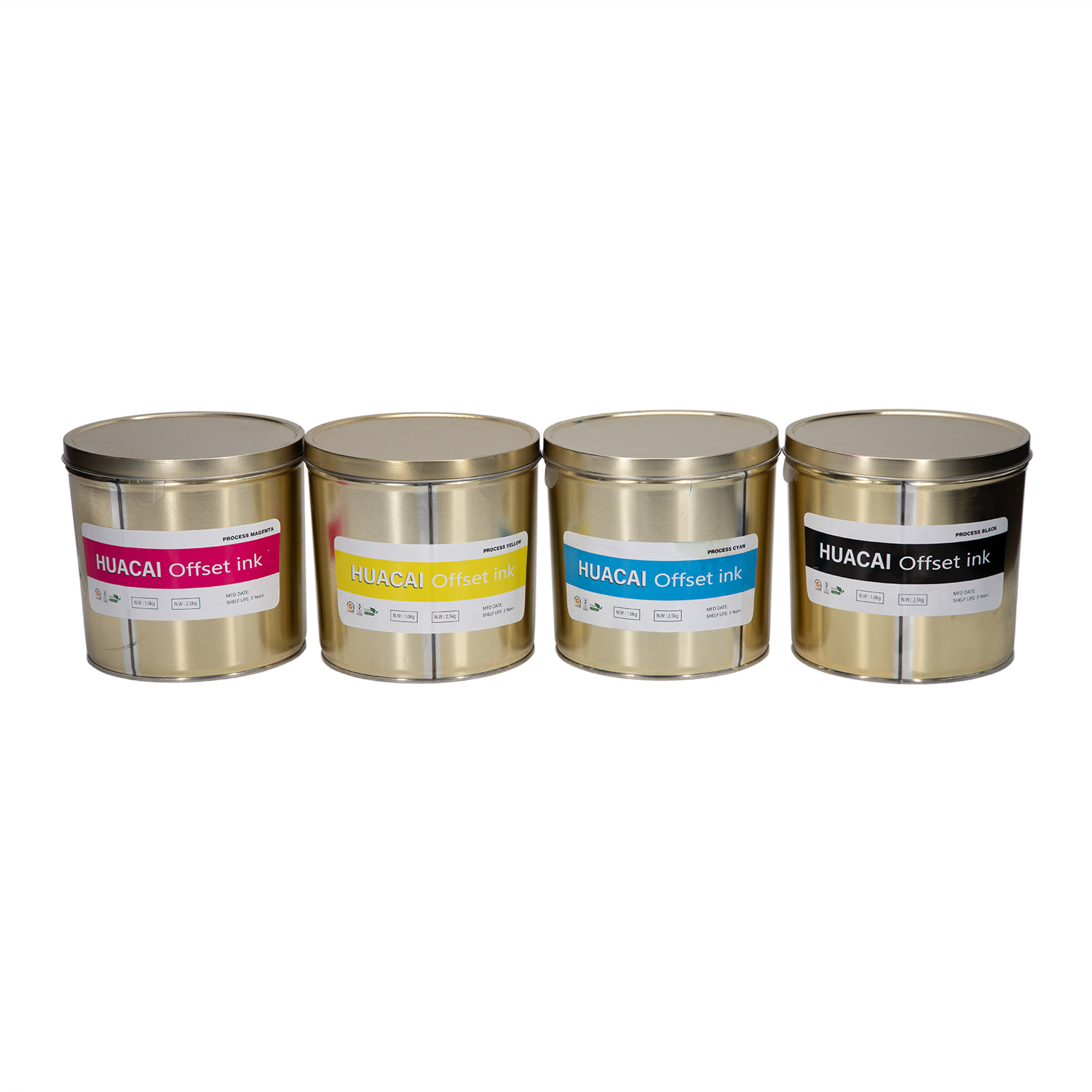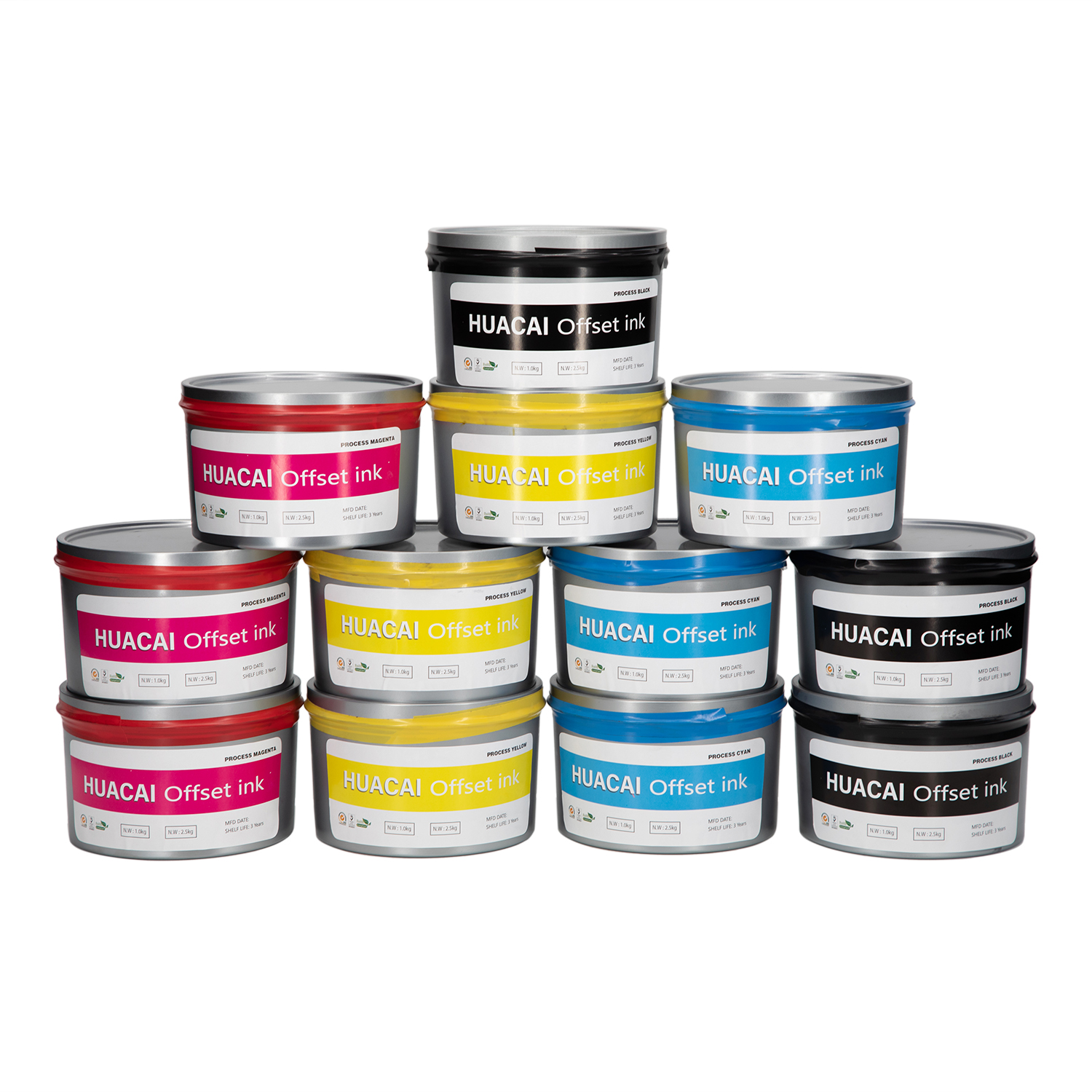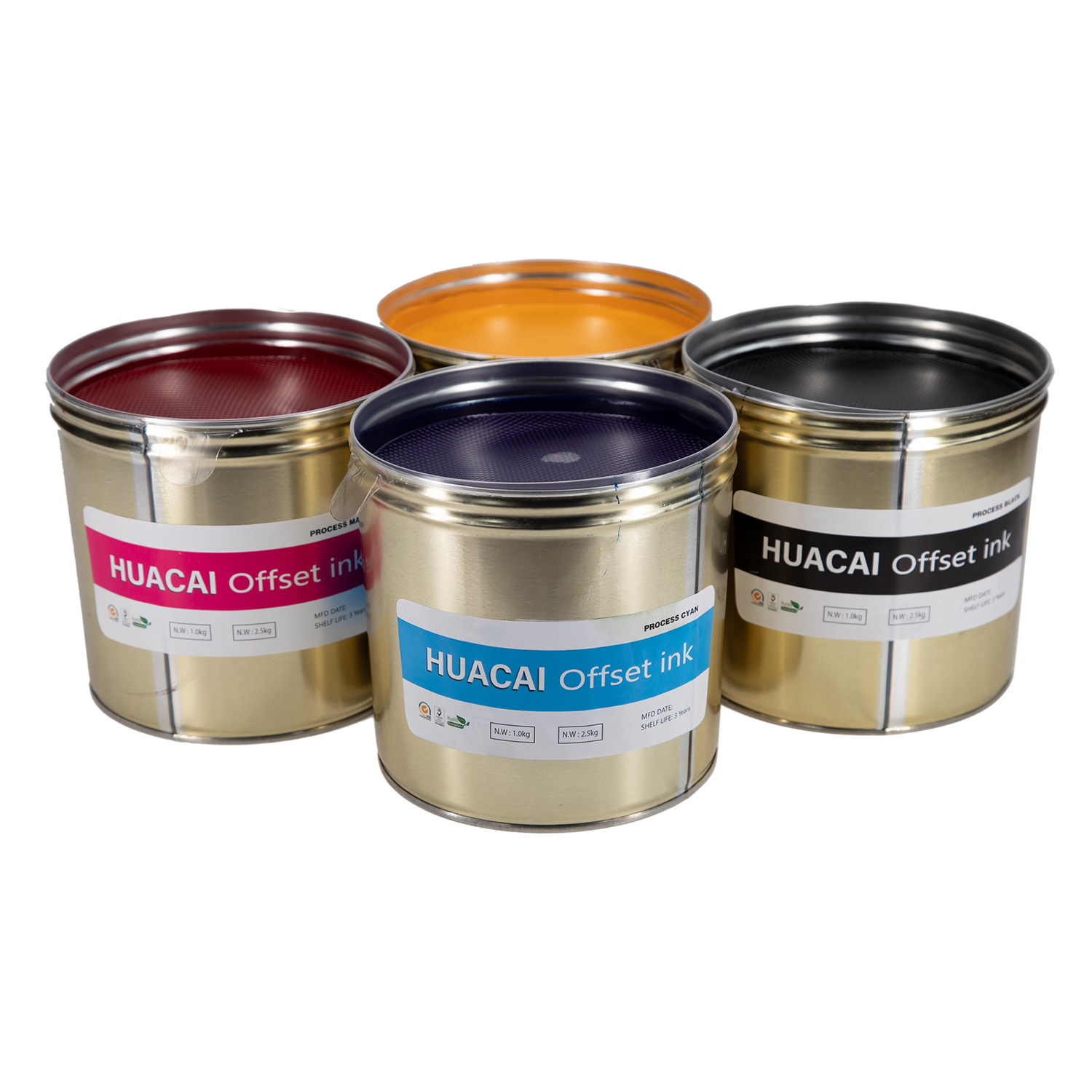China Heat Transfer Printing Sublimation Ink (SH-A)

heat transfer printing sublimation ink
Use Principle
It is used on all kinds of offset machine. With the ink,first print image on paper, then transfer the image onto various materials by
heat transfer press, especially for polyester fabric. Under high temperature, the ink will become gas and go into fabric.
Use Scope
OFFSET (one color, two color and four color machines)
Use Method
1.Be able to adapt to the demand for middle-speed or high-speed printing.
2.During the normal condition, use the ink on the machine directly.
The printing process just needs 3 steps
1. Print the image on paper, and normal paper is ok.
2. Put the printed paper on substrate, such as polyester and nylon fabric.
3. Put the paper and fabric on the heat-transfer machine. When the temperature reaches 180-220°C, the image will be transfer
print from paper onto the substrate.
Suitable Fabrics
Polyester fabric
Triacetate fabric
Nylon fabric, Acrylic fabric
Polypropylene nitrile
Transfer Paper
Coated paper, offset paper,chrome paper and calendered paper.
Transfer paper should be 80-90 gr/m² with dimensional stability.
Colors
Magenta, Yellow, Cyan, Black
Parameters for the Transfer
Temperature: 200° - 220° C.
Time:20 – 40 seconds.
*P.S. please make samples before the final printing to confirm the exactly image.
Product characteristics
* No Crust
a.Granula size is less than 5 micron.
b.No crust in 7 days at normal temperature.
* Safety
Passed SGS,DGM,MSDS,totally environment-friendly!
* Advantage
Good stability on the machine,clear dot reproduction,excellent ink-water balance.
The following is the transfer printing parameters for your reference
|
Name of fabric
|
Transfer temperature
|
pressure
|
Time
|
|
Polyester fabric
|
205°C~220°C
|
0.5kg/cm2
|
10~30 seconds
|
|
Polyester deformation fabric low elastic
|
195°C~205°C
|
0.5kg/cm2
|
30 seconds
|
|
Triacetate fabrics
|
190°C~200°C
|
0.5kg/cm2
|
30~40 seconds
|
|
Nylon fabric
|
195°C~205°C
|
0.5kg/cm2
|
30~40 seconds
|
|
Acrylic fabric
|
200°C~210°C
|
0.5kg/cm2
|
30 seconds
|
|
Two acetate fiber fabric
|
185°C
|
0.5kg/cm2
|
15~20 seconds
|
|
Polypropylene nitrile
|
190°C~220°C
|
0.5kg/cm2
|
10~15 seconds
|
Dye degree:(European Standard)
|
Color fastness
|
|
Color
|
Magenta
|
Yellow
|
Cyan
|
Black
|
|
Rank
|
5-6
|
6
|
4
|
4
|
N.B. The control of the colors is always carried out after the transfer of the final supports.
The relationship between the temperature and the time of contact is important in order to have
the optimal color resistance and ink penetration (the longer the time of transfer, the better the ink
penetration of the fabric).
Storage Indications
Products in their original unopened containers maintain their characteristics for two year if stored in a
well ventilated place with a temperature between + 5° and + 40°C.Products opened, but immediately
closed after use, have a shelf life of at least 12 months.
Packing1kg/tin,12kg/carton. Carton inside,wooden outside.



